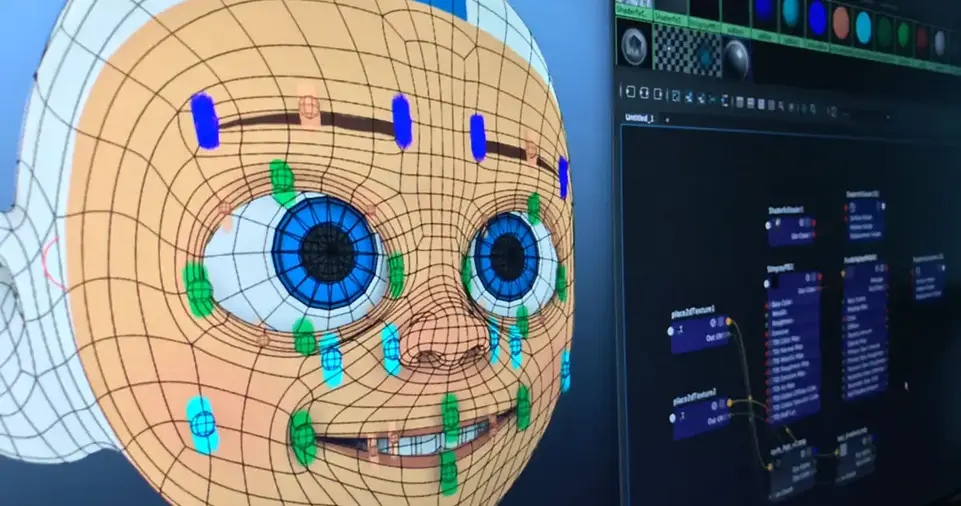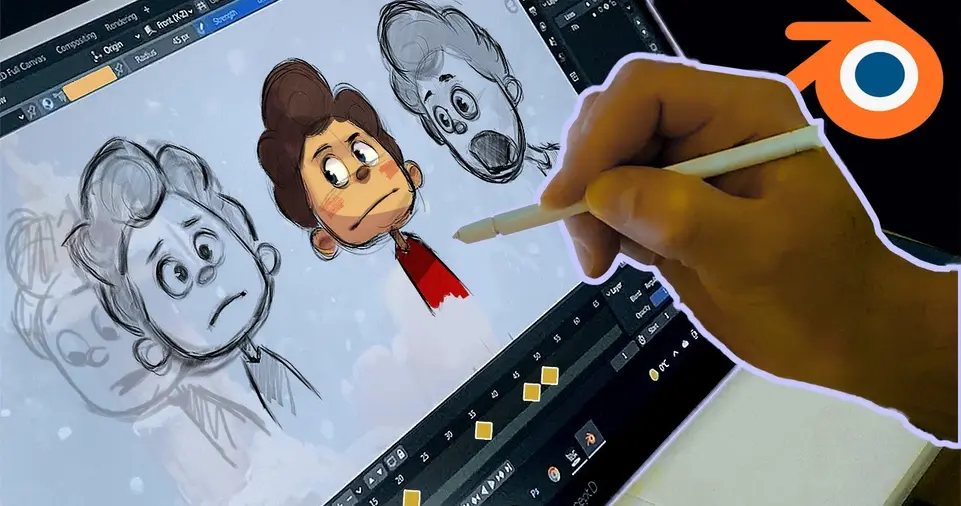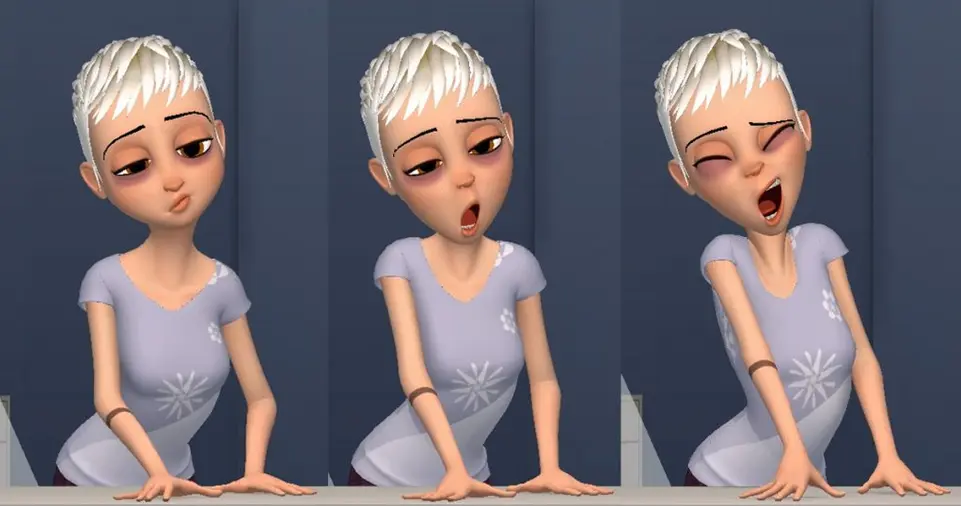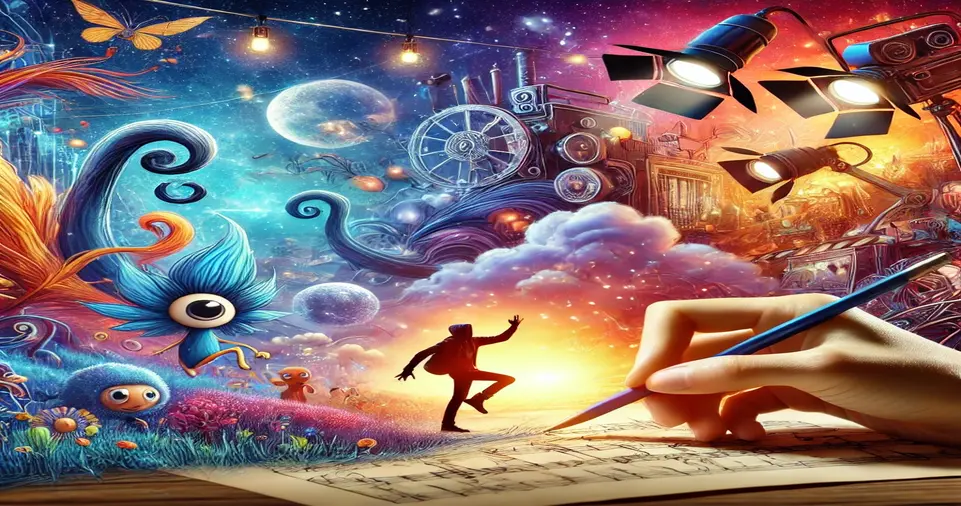Animation brings to life fantastical worlds and characters, making the impossible possible.
It’s a testament to human imagination, telling stories that engage all ages.
Through careful craft, animation breaks through traditional storytelling boundaries—challenging, inspiring, and connecting with diverse global audiences.
By blending creativity and technology, animation uses motion to make stories come alive.
Introduction to Animation
Animation is a fascinating art form that has captivated audiences for centuries.
From its humble beginnings to cutting-edge CGI, animation transcends age and culture, inviting viewers into worlds where imagination reigns supreme.
It seamlessly transforms static images into dynamic visuals, taking storytelling to extraordinary heights.
What is Animation?

Animation is far more than moving images; it’s the art of infusing life into the static. By combining artistry and technology, animation lets us explore realms beyond reality.
It evokes emotion and connection, enabling characters to leap off the screen and into our hearts.
Whether traversing distant galaxies or stepping into the shoes of extraordinary characters, animation creates immersive experiences.
Today’s animation draws from traditional hand-drawn techniques and digital innovations, paving the way for future animators to explore limitless possibilities.
The History of Animation
Animation’s journey began in the early 20th century and has undergone a remarkable evolution.
Early Beginnings
The origins of animation trace back to devices like the zoetrope (1834), which created the illusion of movement through spinning images. These experiments laid the foundation for modern animation.
The Golden Age
From the 1920s to the 1960s, animation flourished with iconic works like Snow White and the Seven Dwarfs (1937).
Studios like Disney and Warner Bros. developed hand-drawn techniques, setting the standard for animated storytelling.
The Digital Revolution
The advent of CGI transformed the industry. Films like Toy Story (1995) showcased how digital animation could revolutionize storytelling, offering unprecedented realism and creativity.
The Principles of Animation

At the heart of animation lies the integration of movement, timing, and emotion.
These principles bring characters to life, creating a visual rhythm that captivates audiences.
- Anticipation: Preparing for an action to enhance its impact.
- Exaggeration: Pushing realism to evoke emotions more profoundly.
- Timing: Crafting the pace and drama of motion.
Every decision—color palettes, camera angles, and motion—contributes to storytelling, creating a cohesive narrative that resonates with viewers.
Styles of Animation
Animation comes in various styles, each uniquely suited to different storytelling needs:
- Traditional 2D Animation: Hand-drawn frame-by-frame, this style has a timeless charm, with classics like Bambi showcasing its emotional depth.
- 3D Animation: CGI offers lifelike visuals and intricate details, bringing characters and worlds to life with vibrancy and realism (Frozen, Avatar).
- Stop Motion Animation: Using physical objects moved frame by frame, stop motion creates tactile, handcrafted visuals, seen in films like Wallace and Gromit.
Modern Animation Techniques
Digital and 3D Animation
Today, digital tools enable animators to create breathtaking worlds. Software like Maya and Blender offers animators tools to craft hyper-realistic characters and environments, pushing the boundaries of visual storytelling.
Motion Capture
Films like Avatar have used motion capture to translate human movements into digital characters, blending realism with fantasy.
Real-Time Rendering
Real-time rendering, popular in gaming and simulations, ensures immersive experiences, with visuals rendered instantly for seamless interaction.
Animation in Storytelling

Animation transforms storytelling into a visual and emotional journey. By blending narrative depth with artistic expression, it creates stories that inspire, educate, and connect.
Character Development
Characters in animation are deeply crafted with rich backstories and emotional arcs.
From Simba’s growth in The Lion King to the relatable emotions in Inside Out, animated characters leave lasting impressions.
World-Building
Animation creates entire universes, from the bustling city of Zootopia to the magical lands of Howl’s Moving Castle.
These settings enhance the narrative, drawing viewers into immersive experiences.
Applications of Animation
Animation touches diverse industries, proving its versatility and impact:
- Entertainment: From blockbuster films to captivating TV shows, animation dominates storytelling.
- Advertising: Brands use animation for memorable campaigns, like Coca-Cola’s animated holiday ads.
- Education: Platforms like Khan Academy use animation to make learning engaging.
- Gaming: Realistic animations in video games create dynamic, interactive worlds.
- Healthcare: Medical animations visualize complex procedures, aiding education and communication.
Future of Animation
Animation continues to evolve with groundbreaking technologies:
- AI in Animation: Automating complex tasks, AI speeds up production while enabling creativity.
- VR and AR: Virtual and augmented realities add depth to animation, creating immersive storytelling experiences.
- Sustainability: Studios adopt eco-friendly practices to minimize environmental impact.
As innovation drives the industry, animation remains a dynamic and inspiring field with endless possibilities.
ALSO READ: How to Choose Your First Programming Language: A Comprehensive Guide
Conclusion: The Magic of Animation
Animation is more than entertainment; it’s a medium that transcends boundaries, inspiring audiences across the globe.
From its traditional roots to cutting-edge innovations, animation blends artistry and technology to create stories that move us—emotionally and imaginatively.
As technology advances, the future of animation holds even greater promise, ensuring it remains a powerful tool for storytelling.
Whether through fantastical worlds or relatable characters, animation continues to connect, inspire, and make the impossible possible.

